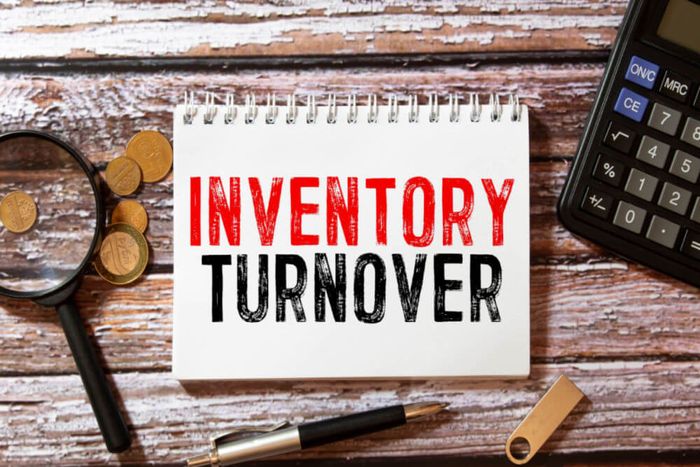Inventory Turnover: Definition, Formula, & Impact on Profitability (With Examples)
Published June 24, 2024.

Does inventory turnover sometimes feel like a mystery to you? Certain products take forever to sell (even after you've discounted them many times), while others just fly off your shelves (figuratively speaking).
Firstly, you must understand that inventory turnover is a balancing act between your sales and stock. Think of a scale: if you increase your sales but don't keep enough stock on hand to fill your orders, then you can lose those sales. But if you have few sales, then your stock levels can remain high and cost you money instead of making it.
Secondly, inventory turnover is a key performance indicator that helps you understand how well you're running your store and if your profitability is healthy.
Keeping these two points in mind, let's try to demystify inventory turnover more.
» Compare the best inventory management systems for your Shopify store
Inventory Turnover Defined
Inventory turnover is the ratio of the cost of goods sold (COGS) to the average inventory value over a period of time.
This ratio helps you measure how quickly your products are selling and how efficiently you're managing your inventory.
- High inventory turnover rate indicates that you're selling your products quickly and efficiently.
- Low inventory turnover rate suggests that there's an issue with either pricing or product availability.
As we've already discussed, this is a balancing act, and you need to find that sweet spot between high and low to ensure your long-term profitability. If your rate is too high, you may not have enough stock available to meet customer demand. If it's too low, you may be carrying too much stock and tying up valuable capital with unsold items.
» Follow these tips to manage your Shopify inventory better
Formula for Calculating Inventory Turnover
Inventory Turnover = Cost of Goods Sold (COGS) / Average Value of Inventory
You can compare your inventory turnover number to industry standards or previous years' results to get an idea of how well your business is performing.
Now, let's break the formula down.
Cost of Goods Sold (COGS)
COGS represents the total amount it costs your business to purchase, manufacture, and deliver all the goods you've sold during a specific period.
Average Value of Inventory
You can calculate average inventory by adding your beginning and ending stock levels over a specific period together and dividing them by two.
Example of Inventory Turnover
Let's put the formula into practice:
Let's say your business has $50,000 worth of cost of goods sold over the past year and an average inventory of $20,000 over the same period. To calculate your inventory turnover rate:
COGS / Average Value of Inventory
$50,000 / $20,000
= 2.5
In this case, your inventory turnover rate is 2.5, meaning it takes your business two and a half times to turn over its entire inventory during the given period.
The Key to Profitability is Lowering Your COGS
COGS has a direct impact on your profitability because it determines your gross profit.
Gross Profit = Revenue - COGS
Gross profit shows you if you're at least selling your products at a good enough price to make a profit. So, are you getting more out of it than you're putting in?
By lowering your COGS, your gross profit can increase, and you can get a better balance between your inventory and sales.
Strategies to Lower COGS
There are a number of strategies you can use to lower your COGS, including:
- Negotiating discounts from suppliers.
- Bulk buying when possible.
- Implementing just-in-time inventory management techniques.
- Utilizing barcode scanning systems to accurately and efficiently track your stock levels.
- Utilizing software to track purchasing trends and identify potential savings opportunities.
- Automating ordering processes where possible.
» Can decoupling inventory help your online business?
Don't Toss and Turn Over Inventory Turnover Anymore
It's difficult to determine what a good inventory turnover is because it depends on your industry and whether you manufacture your products yourself or buy them to resell.
By keeping an eye on your inventory turnover ratio and profitability, you can make informed decisions about your business's stock levels and overall purchasing strategy. With a bit of strategic planning and diligence, you can ensure that you are making the most of your inventory and achieving a profitable balance in the long run.
» Explore Egnition's Shopify apps to simplify inventory management

